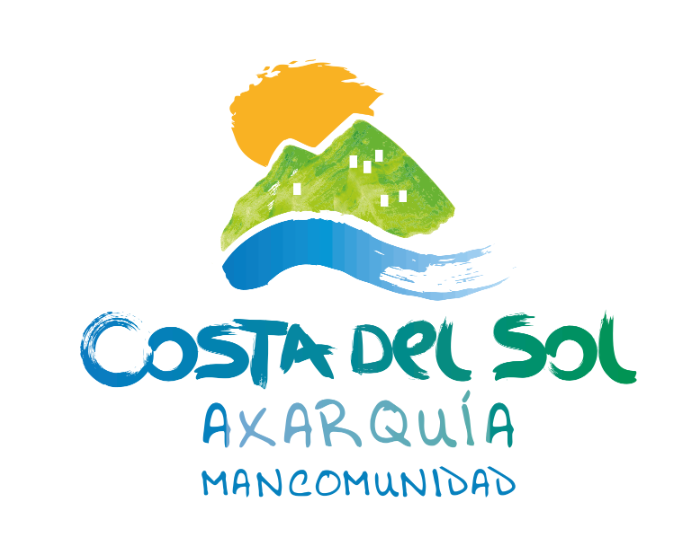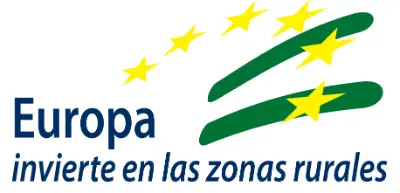If you want to visit an authentic Arab bath, you will find it 2,5 km from Periana in the village of Vilo BathsThe site is located at just over 610 metres above sea level.
Located in a privileged location, the Baños de Vilo Spa was considered one of the most important in Andalusia in the 18th and 19th centuries.
This spa is not characterised by a marble construction, just a well with a rim sculpted more than a thousand years ago and the sensation of going back in time. Half hidden by the thick vegetation and the very abundant waters of its surroundings, the Vilo pool continues, spilling sulphidic, magnesium-calcium and nitrogenous waters at a constant temperature of 21º Celsius, specific for skin ailments and herpes.

